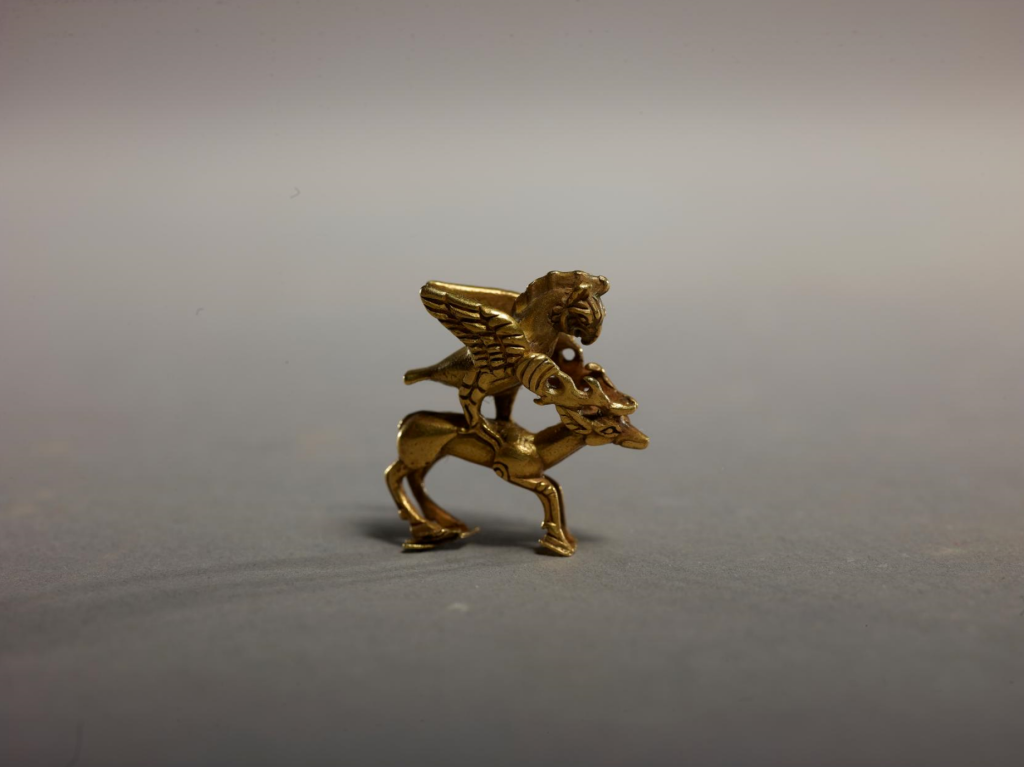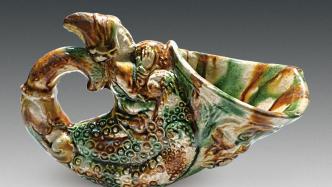
The Hellenistic civilization heritage along the Silk Road has always been the focus of academic attention, because it is the physical evidence that extends the historical axis of Eurasian civilization. But many foreign artifacts themselves have been lost in the dust of history, and even if they are in front of them, they don't know why.
The Xi'an Institute of Cultural Relics Protection and Archeology discovered a horn cup in the Tang Tomb of Yuedeng Pavilion in the eastern suburbs of Xi'an the year before last, named "Tang Sancai Hu Renjiao Cup". Based on the horn cup, in connection with cultural relics scattered overseas, combined with the frequent appearance of the Greek Poseidon in Gandhara art, this paper proposes for the first time the international concrete subject of "Greek Poseidon in China". Hellenistic civilization is the most critical content of the Silk Road to build the exchange of Eurasian civilizations. The newly seen Tang Sancai Triton shaped horn cup, which not only objectively proves the innovative practice of medieval sculpture art, but also helps to re-examine the cultural exchanges between China and the West multidimensional value.
A Triton in Greek mythology
Myths are the spiritual dreams and chaotic longings of the ancestors, and the creation heroes are the spiritual idols of the ancestors. Ancient Greece, which covered the Aegean Sea region, created a god of the sea that extended from the continent to the depths of the sea. Unlike other great river civilizations, ancient Greek civilization was a maritime civilization. The ancient Greeks traded around the Mediterranean, and the power of maritime trade and the warships that defended the Aegean Sea were once the glorious capital of the ancient Greeks. In the 4th century BC, the ancient Greek ships reached a hundred-ton class, and their importance to the ocean was far More than other city-states in the same period. The ancient Greeks believed that the sea was the source of sacred life, and the sea not only created the life force of nature, but also was the residence of Poseidon. Poseidon, the god of the sea who set off rough seas and shook earthquake storms, has always been an awesome existence.
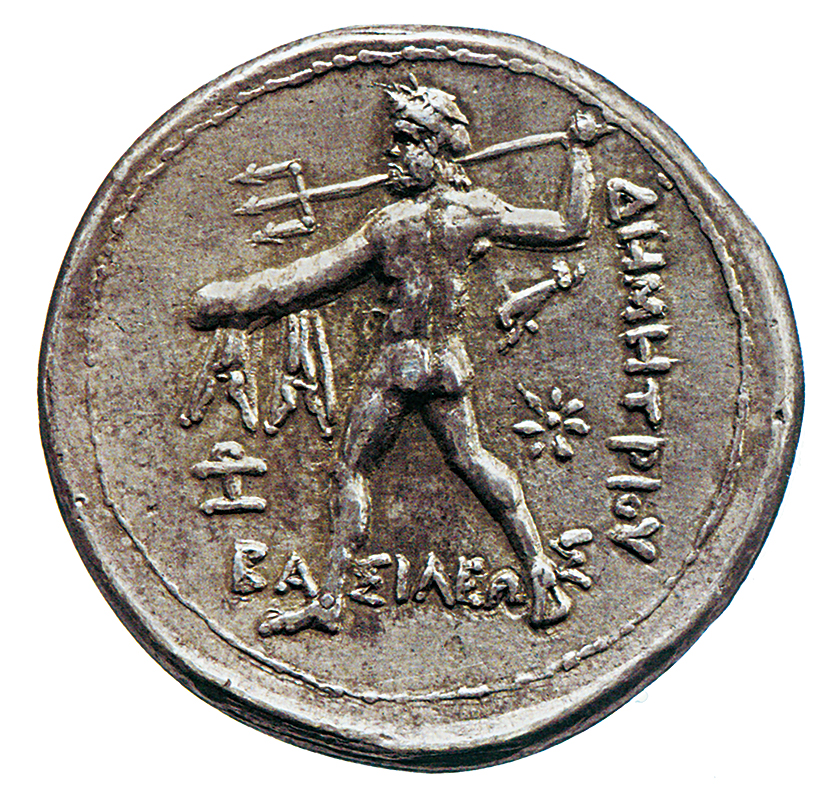
Figure 1 Poseidon coins in the British Museum
Triton is the son of Poseidon, the god of the sea, and Amphitrite, the queen of the sea. He is the messenger of the sea in ancient Greek mythology. Poseidon is the god of the sea in ancient Greek mythology, one of the twelve main gods of Olympus, and the brother of Zeus and Hades. It is naked, and its symbol is a trident, and it often poses as throwing a trident, or hitting the ground with a trident (Figure 1). Poseidon is in charge of water sources and part of the underworld, often accompanied by sea monsters, and also in charge of horses. Legend has it that he gave humans the first horse. His mount is a golden chariot driven by a white horse, so Poseidon is always inseparable from horses in various works of art in ancient Greece and Rome, but sometimes Poseidon's mount is a whale, representing endless greed. When Poseidon waved his trident angrily, sea monsters would appear in the sea, which could not only easily set off huge waves, trigger storms and tsunamis to sink the continent, but also smash everything into pieces, and even cause a big earthquake that split the world. When he drives his chariot across the sea, the waves become calm and dolphins follow him. Therefore, the Greek sailors and fishermen near the Aegean Sea worshiped him and the little sea god (Figure 2).

Figure 2 Roman mosaic murals (Triton and Neriid)
Triton's mother, Amphitrite, was originally the goddess of the sea in ancient Greek mythology. The difference between her and other sea nymphs lies in her queen temperament. According to legend, when Poseidon first saw her in Naxos When she was with other sea nymphs, she was moved by her beauty and dancing, and then took her back to the palace and sang a wedding song on the big conch shell. Another theory is that she fled to the end of the sea in order to avoid the pursuit of Poseidon, but Poseidon's dolphins found her, and the dolphins were rewarded as immortal constellations. Different stories are narrated in the mythology of ancient Greece and Rome, but Amphitrite is the daughter of the god of the sea. Amphitrite never appeared as Poseidon's wife in worship ceremonies or works of art, but she and Poseidon were seen side by side as rulers of the sea of equal status, reflecting their respect for the sea and its creatures. supreme authority in. When the ancients faced the bottomless sea, they were often frightened and at a loss. Their imagination made them feel that the waves were full of monsters and ghosts. But their experience in the sea told them that dolphins are very friendly to humans. Therefore, dolphins, as loyal creatures, often appear in the sea. In various artworks, Poseidon is often depicted as the king of the sea stomping on a dolphin.
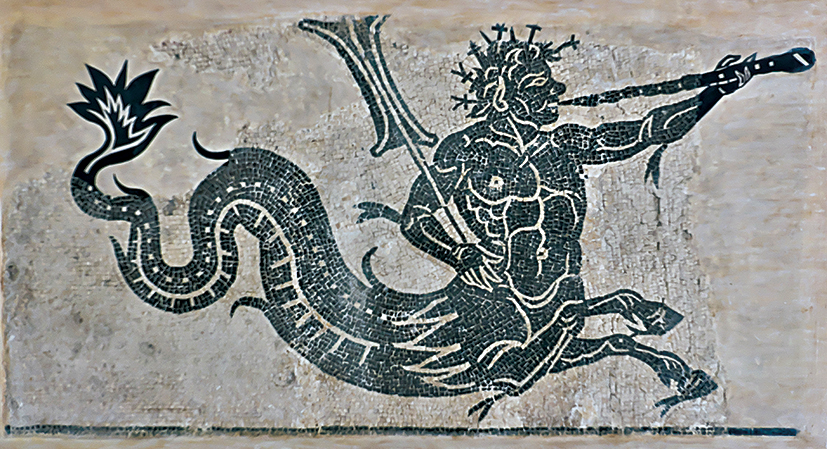
Figure 3 Triton mosaic murals unearthed in Paterna-Drivera, Spain (26-175)
Triton is usually depicted as a mermaid, with a humanoid upper body and a fish tail on the lower body, and in some works Triton rides the waves surrounded by fifty beautiful women riding moray-like creatures. Terry, like Poseidon, often carries a trident, but his most important symbol is the conch shell, which is used as a horn to raise or calm waves and rivers (Figure 3). When he blew the conch hard, the sound was like the roar of a ferocious beast, and even giants with supernatural powers were shocked (Figures 4 and 5). Legend has it that after the death of Zeus, Triton and Poseidon quelled the flood together, so Triton is often regarded as the god of the town and the sea, blessing people who sail and fish.
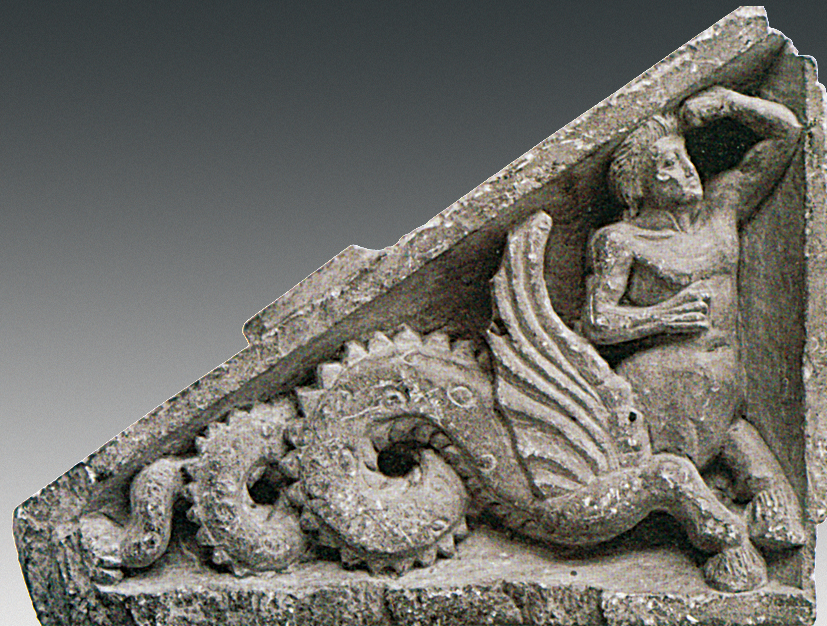
Figure 4 Triton Stone Sculptures in the Metropolitan Museum (1st century)

Figure 5 Triton Stone Sculptures in the Metropolitan Museum (1st century)
According to Hesiod's "Theogony" (about 8th century BC), Triton and his parents lived in the golden temple deep in the sea. Ancient Greek mythology is full of gods and demons. The ancients were keen to anthropomorphize all natural phenomena and abstract concepts and live forever. The ocean is the cradle of life and the source of death. In many versions of ancient Greek mythology, Triton also has the function of summoning and inducing the souls of the dead to return to their hometown. Sailors and fishermen firmly believe that he can predict the future, and worship him for his superb magic power and ability to control nature. capacity, and a long lifespan. In fact, when faced with shipwrecks at that time, people believed that marine monsters attacked normal sailing ships. The ancients often used natural creatures to shape their imaginary gods. Triton also appears in ancient Roman myths and legends. In "Virgil's Aeneid" (29-19 BC), it is recorded that Triton will challenge his Misenus (Misenus) thrown into the sea. These myths all have a strong marine atmosphere, using the images of marine animals to present the grievances and hatreds in the world, to shape the character cognition of ancient Greek tragic characters, to develop and enrich the marine art themes represented by the Aegean Sea region and aesthetic implication. In English literature, Triton is portrayed as the messenger or herald of the god Poseidon. Triton can become a god floating in Eurasia, depending on people's pragmatic attitude towards religious myths. People pray for the blessing of gods. Even if things have nothing to do with the sea, people transform the god of the sea into a god who protects a safe life ( Figure 6).

Figure 6 Triton Bronze Shield Unearthed from the Olympic Games in Greece (6th century BC)
Over time, the name and image of the Tritons became associated with a race of male and female mermaid creatures known as the Tritons, who formed the Poseidon's bodyguard. The ancient Greek geographer Pausanias had a detailed description of Tritons. There are also variants of the multi-species combination of Triton, such as "Centauro-Triton" (Centauro-Triton) and "Ichthyocentaur" (Ichthyocentaur), which have the front legs of a horse, the body of a human and the tail of a fish, Therefore, some scholars speculate that the image of Triton comes from the shape of a Phoenician fish. Mythological figures with marine life, such as sea nymphs riding sea beasts and Cupid riding dolphins, were very common around the ancient Mediterranean (Figure 7).
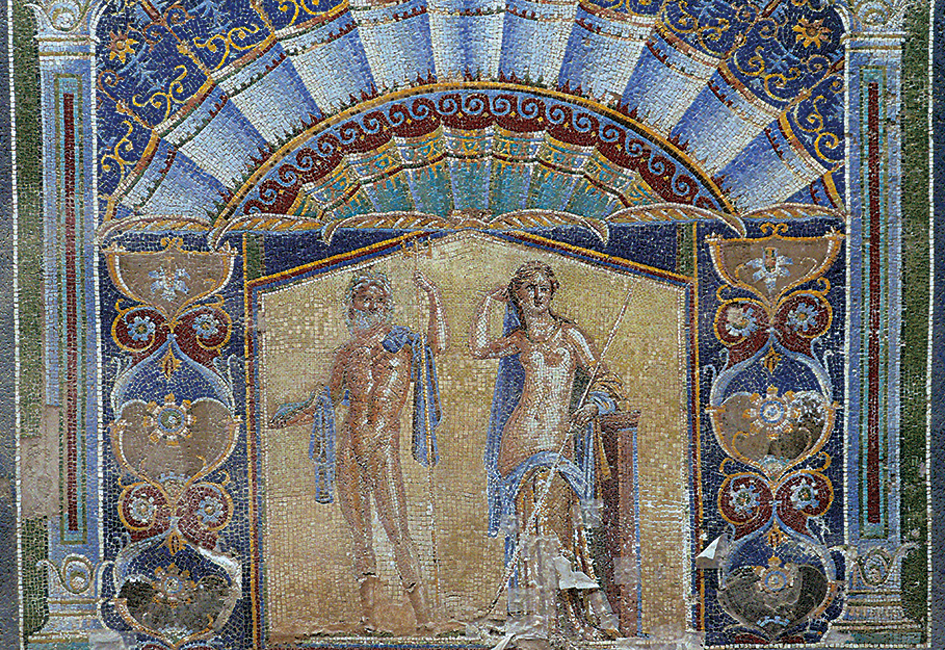
Figure 7 Mosaic murals (Nepton and Amphitrite) in the ancient city of Herculaneum, Italy
From the 7th to the 6th centuries BC, with the long-term struggle between Athens and the surrounding city-states in the Aegean Sea and even the entire Mediterranean Sea, especially in 480 BC, Athens and the Greek navy defeated Salamis (now Salamis Island). After conquering the Persian navy and reversing the tide of the Hippo-Persian War, the Battle of Adventure brought people's worship of Poseidon to a new climax. Not only the "Drink Together" (Drink Together or Symposium) at the Greek banquet stimulated people to attack all enemies like a sea hurricane, but also later issued silver coins with the image of Poseidon holding a trident. But because Poseidon is merciful everywhere and sometimes shelters some bad guys, so in the Mediterranean region, the name and image of Triton surpassed Poseidon. 530-520 BC painted black pottery pots made in Athens, with the half-man half-fish image of the little sea god Triton fighting Hercules, showing the powerful power of Triton in the ocean ( Figures 8 and 9).
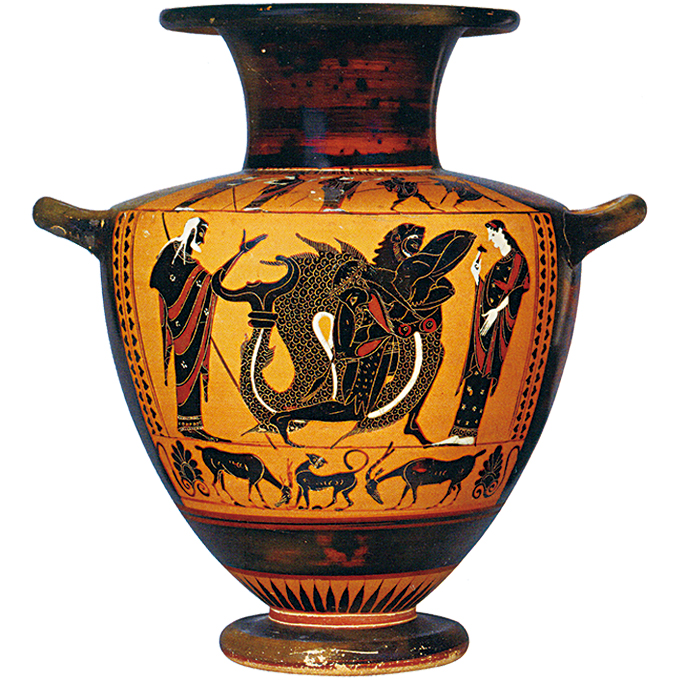
Figure 8 Greek Painted Black Pottery Pot (530-520 BC)
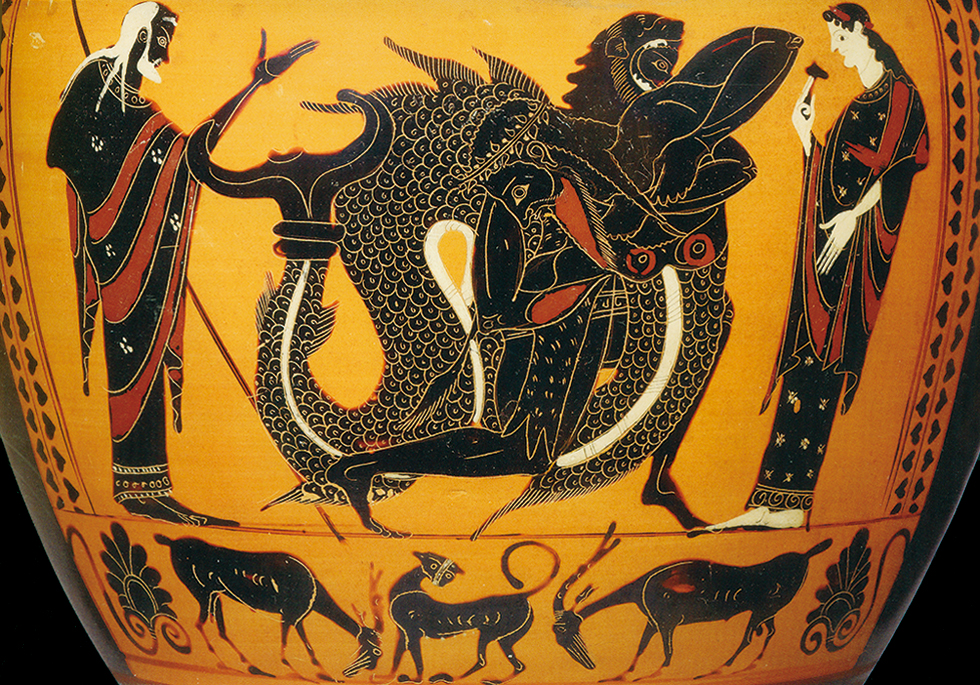
Figure 9 Part of Greek Painted Black Pottery Pot (Hercules and Triton)
Greece often named new cities after mythical heroes in the occupied areas. Since the "outside the city" established in the expansion of its citizen colonies were mainly some islands or coastal city-states, most of which were scattered throughout the Aegean Sea, the classical Poseidon The trend of political expansion spread more and more widely. In order to defeat the Carthaginians, the Romans, who were unfamiliar with the ocean at first, transformed themselves into a seafaring nation, and believed that Triton was their god of protection. Migration from the Aegean region into the vast expanses of the Mediterranean. With the development of trade and the advancement of navigation technology, many stone carvings and pottery depicting mythological scenes and images began to spread to Persia and the Bactria region of Central Asia. Various carriers can be used as tools for spreading mythological stories. It contains many valuable images of Triton, and even a Triton-shaped urn from the 2nd century BC. The image of Triton was later absorbed by Gandhara art, and the marine complex was transformed into a farming and animal husbandry tendency. In Gandhara and Mathura, two centers of early Buddhist imagery, large numbers of triton carvings have been found. Indian ivory carvings unearthed from the ancient city of Begram also have Triton figure motifs. The vigorous praise of the god of the sea is a feature of the cultural spread in Hellenistic areas.
2. Triton on the Tri-colored Horn Cup of Tang Dynasty
Tricolor horn cups of the Tang Dynasty were unearthed in Shaanxi, Henan and other places, and some of them are scattered in museums at home and abroad. They are of various types and are well-made. However, it is still rare to have a single Western figure on the tri-colored horn cup of the Tang Dynasty. Why is the image of a Westerner portrayed on the horn cup? The preliminary judgment is nothing more than the connection between the foreign Laitong Cup and the Hu people who entered China, and it is speculated that it is probably the image of the Hu people drinking and getting drunk. However, in 2021, the three-color horn cup unearthed from the Tang Tomb in Yuedeng Pavilion in the eastern suburbs of Xi'an is not the simple image of "Huren" in the past, but has a specific meaning of "God and Man". The horn cup is in the shape of a conch as a whole, and the characters on it have similar basic elements to the ancient Greek sea god Terry, which has a special symbolic meaning (Figures 10-15).

Fig. 10 Three-color horn cup unearthed from the Tang tomb in Yuedeng Pavilion, Xi’an
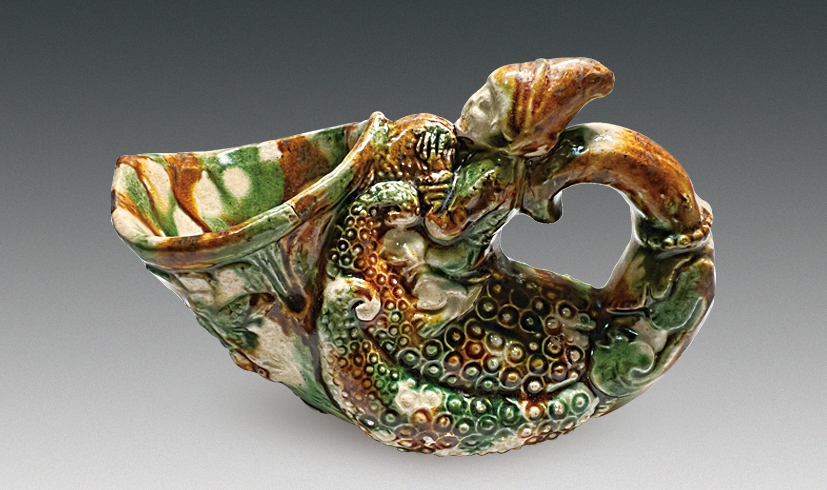
Figure 11 Three-color horn cup unearthed from the Tang Dynasty tomb in Yuedeng Pavilion, Xi'an
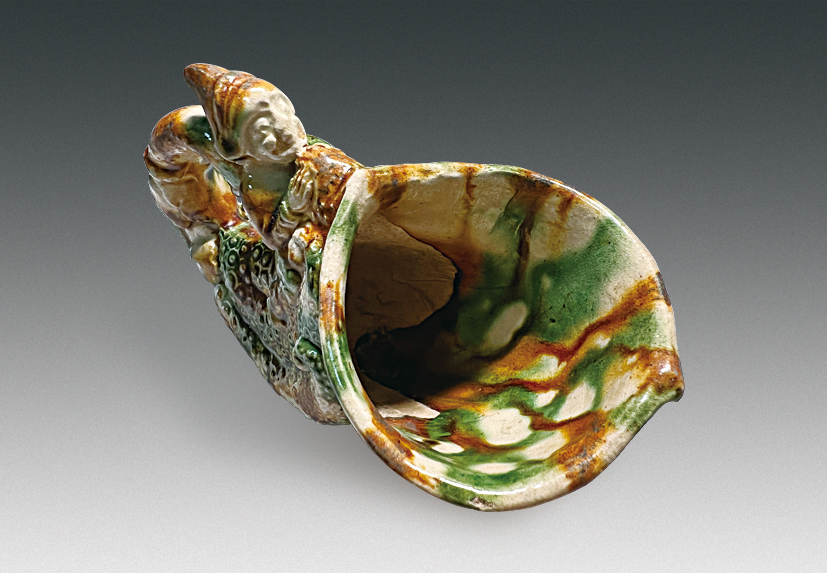
Figure 12. Three-color horn cup unearthed from the Tang tomb in Yuedeng Pavilion, Xi'an
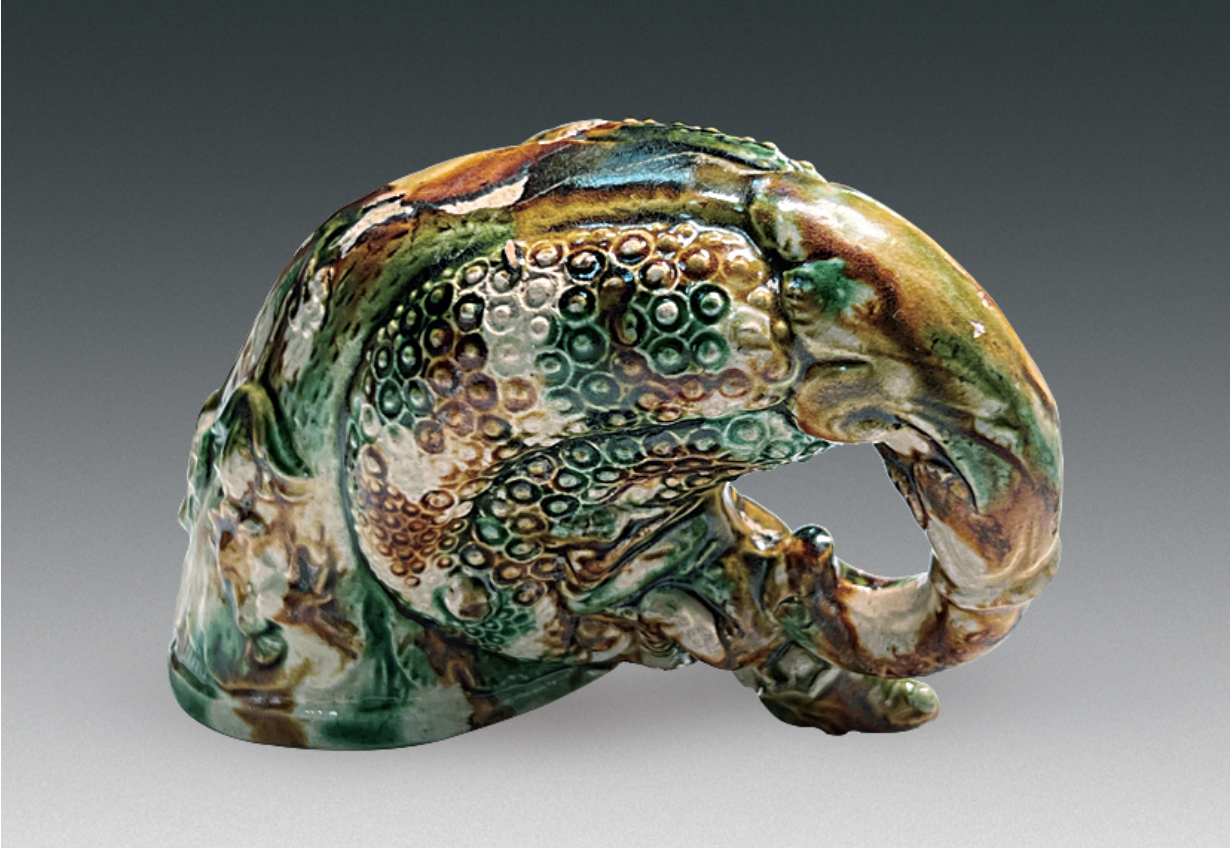
Figure 13. The bottom of the three-color horn cup unearthed from the Tang tomb in Yuedeng Pavilion, Xi'an
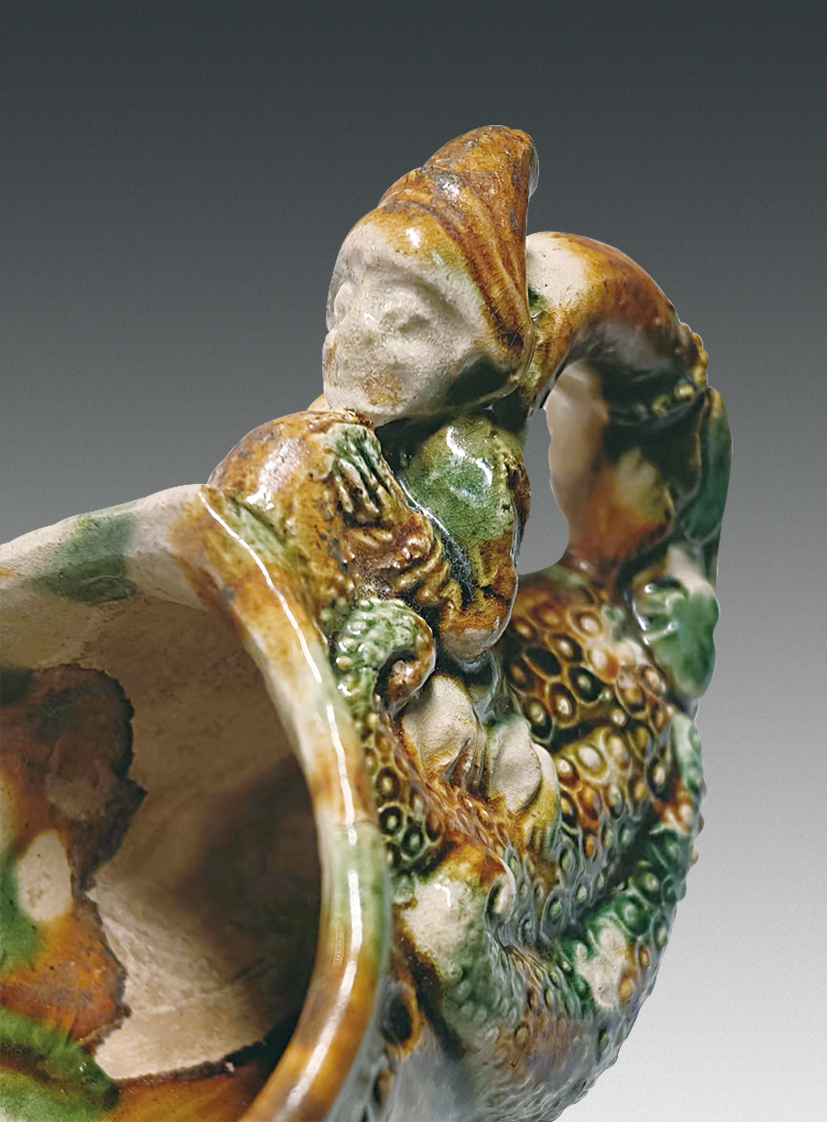
Fig. 14: Triton image of three-color horn cup unearthed from Tang tomb in Yuedeng Pavilion, Xi’an

Figure 15. Triton image of three-color horn cup unearthed from Tang Tomb in Yuedeng Pavilion, Xi’an
First, judging from the shape of the characters, the characters on the horn cup are obviously different from the images of Hu people seen in the past. The figure's body is slightly leaned back, his face is handsome, his eyes are looking straight ahead, and his young face seems to be full of childishness, which is in line with Triton's appearance characteristics. Generally speaking, Poseidon has a beard, while Triton has no beard. The Fountain of Triton (Fontana del Tritone) in Piazza Barberini in Rome, built in 1642, still looks like a minor. The collections of the British Museum and many Triton-shaped artifacts unearthed in the Peshawar area of Pakistan provide good specimens for us to identify the image of Triton.
Second, judging from the movements of the characters, the character on the horn cup holds a huge conch with both hands, and places it near his mouth, as if playing. According to the depiction of ancient Greek mythology, although Triton inherited the movement of Poseidon holding a trident, Triton's main weapon is a conch shell. When he blows the conch hard, it will make a loud sound, like a challenger full of wild power; and when he blows the conch lightly, the sound of the conch will calm and ease the whole ocean, which means that the fierce confrontation between God and nature tends to be fierce. In harmony and tranquility. Triton "born to the sea" is symbolized by conch.
Thirdly, judging from the attire of the characters, the feet of the characters on the horn cup are bare, unlike the common booted barbarians in the past, and the sea gods playing in the ocean are all barefoot. Legend has it that Triton and his parents lived in the golden palace deep in the sea. In "Argonauts", it is said that he once lived on the coast of Libya, wading in the water barefoot, piloting on the coast, and guiding the crew of the Argonaut to The ship sails into the Mediterranean. Both Poseidon and Triton have fearsome images of gods, but when craftsmen made them based on the "mold" and "powder book", due to the limited size of the utensils, it was difficult to achieve the level of detail of Greek sculptures in a small space, so the figures The western aspect is a little rough. It is worth noting that the figure on the horn cup wears a round tall hat with multiple layers of frills, which is likely to be the Phrygian soft hat popular in the eastern Mediterranean, rather than the original appearance of the Triton with long curly hair, indicating the shape of the horn cup It has faded away from the original appearance of Western characters, and has become the face of a barbarian familiar in China.
Fourth, judging from the shape of the horn cup, the whole is a conch. After the Hellenistic period, Triton was often portrayed as playing the conch, and he was closely associated with a conch shell, so he is also considered to be the "drummer and trumpeter". Legend has it that Triton's body is often covered with seaweed, so the craftsman created an orderly circle pattern on the horn cup, just like the swirling decoration of a conch.
Fifth, the back of the horn cup is decorated with common patterns in ancient Greek mythology. There are not only irises and sun crown flowers often depicted in ancient Greek mythology, but the details of rhizome patterns are realistic; there is also the god kingfisher (Halcyon) in ancient Greek mythology. It is said that when it flies over the ocean, the storm will subside. will bring peace. The marine life conch from the islands around the Aegean Sea is displayed together with seabirds in the pattern, which may represent the friendly relationship between the sky and the sea.
In addition, this horn cup is decorated with a circle of beading on the curved handle. After the introduction of Hellenistic art to the Western Regions, many shapes have changed, such as nude figures, palm branches, and grape patterns in the murals of Qiuci, Ionian capitals in the Dunhuang Grottoes, and Heracles in Maiji Mountain. The characteristic heavenly king statues, etc., all contain Hellenistic cultural factors. Mythological characters with Western faces are integrated into Chinese tomb art. Although this kind of integration is rare, the craftsmen who made Tang Sancai perfectly integrated the bold and innovative aesthetic design and meticulous craftsmanship. Combined with the conch shell and used in the shape of the horn cup.
Pottery Hu figurines and three-color figurines with pointed hats, deep eyes and high noses were common in the Tang Dynasty. Craftsmen created various shapes of Hu people with superb technology, filling the spiritual world of Tang people. Three-color wares appeared in the period of Emperor Gaozong of Tang Dynasty, and they were extremely popular during the Kaiyuan and Tianbao years of Emperor Xuanzong, and many fine works emerged. There are few three-color vessels, and the common figure figurines, tomb figurines, horses, livestock, poultry and other animals are all rich in artistic conception. The figurines of figures and the heads of supernatural images of tomb-suppressing figurines have the most artistic value. Tang Sancai witnessed the social life at that time and fully demonstrated various forms of social life. The horn cup is made with three-color craft, which has obvious Tang color.
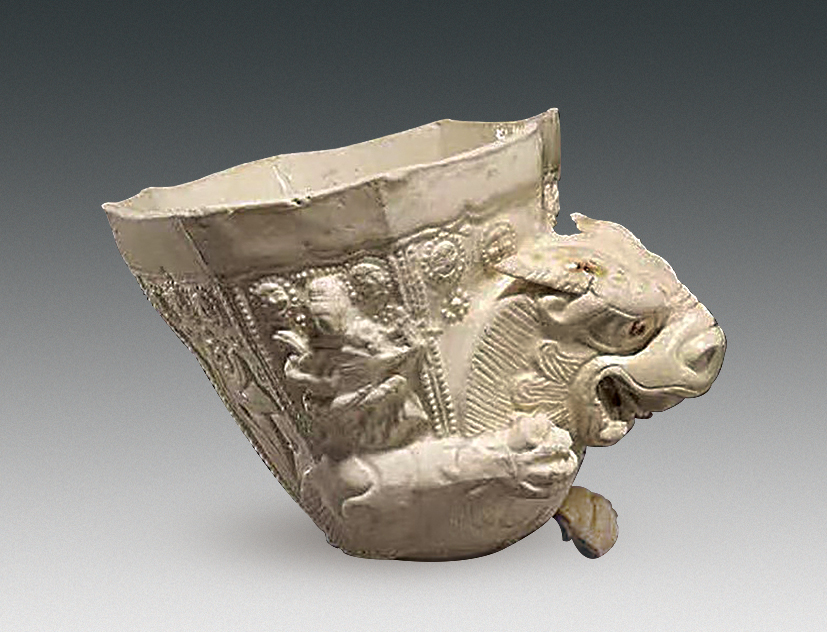
Figure 16: The White Glazed Lion Head Cup in the British Museum
As an imported product, the horn cup is the best evidence of the communication between China and the West. Decorated tongs originated in ancient Greece and were introduced to China via West Asia and Central Asia. In the Tang Dynasty, the frequently seen Laitong already had obvious regional characteristics, and different shapes such as square mouth, hexagonal mouth, and round mouth appeared. From the early horn cup Laitong to the later dragon head, elephant head, and rhino horn The horn cups of the five dynasties, the crouching duck, the standing bird, and the parrot, and then the capricorn cups of the Five Dynasties, Song and Liao dynasties reflect the mutual influence of various cultural factors. The white-glazed lion cups collected by the British Museum (Fig. 16) and various horn cups collected by other museums are typical utensils made by Chinese craftsmen imitating the shapes of foreign vessels (Figs. 17 and 18). The evolution of Laitong in the modeling of Chinese utensils is a typical example of cultural exchange and integration along the Silk Road.
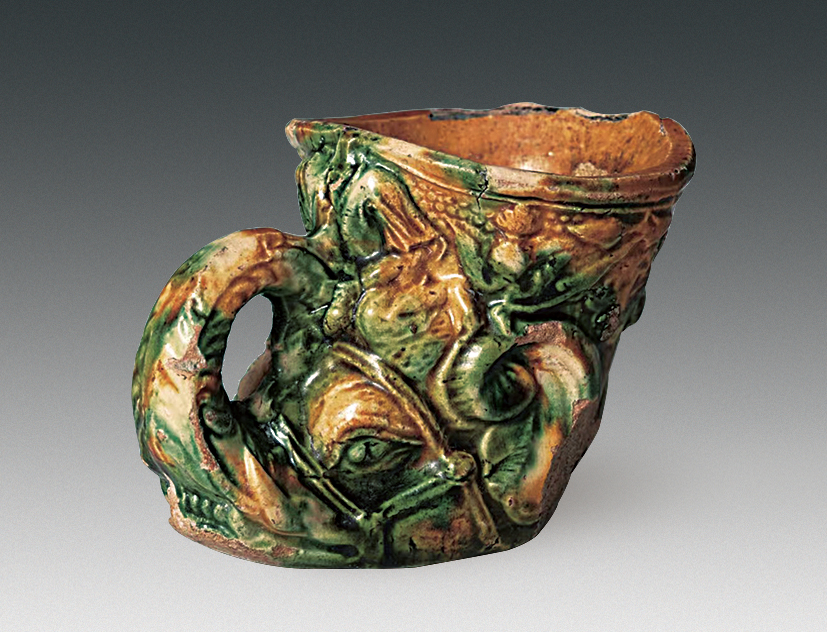
Figure 17 Tri-color pictographic horn cup in the collection of Hoso Memorial Art Museum, Izumihisa, Japan

Figure 18: Three-colored dragon head spitting out water horn cup in the collection of Shaanxi History Museum
In the process of interpersonal communication, circulation, and consumption, Tang Sancai horn cups often use the discourse symbols of objects to directly narrate, but they are not simply holding a cup to drink. , use objects as a medium, and accept each other, etc., will take into account the design of the horn cup art, making it a physical object that lingers in the mind, and the object remains in the heart, so it is buried in the underground secret place as a loved object.
People in the Tang Dynasty loved this kind of three-colored horn cup. Although they might not know Triton, the little sea god in the West, it may have something to do with people's belief in Taoist "immortals", "riding phoenixes and flying cranes" and "flying skills". From the position of the reader to appreciate the immortals in the fairyland, "Call me to swim in Taisu, and the jade cup bestows fine nectar". In this way, the Western Triton artistic modeling has entered the scope of Chinese drinking art, and the fictional Sea God in the West has become a plaything for medieval literati to reconstruct and appreciate Jiuxian.
We lamented that the people of the Tang Dynasty possessed the "unique style", had the talent to innovate and were curious about the imagery of foreign art. When craftsmen designed and manufactured Tang Sancai utensils, they were able to incorporate Triton, the Greek god of the sea, into their own creations. If it is said that the light of Poseidon shines into the Mediterranean Sea, thus forming various artistic images of Tritons in Europe, then how did the images of Tritons enter the land of China and become the artistic shapes on the horn cups? The handicrafts with the image of Triton, the Greek god of the sea, were imported into China, perhaps as diplomatic gifts from Byzantium and Persia, or as trade luxury items from Sogdian merchants, or as tribute gifts from peoples around Central Asia. The upper strata of society spread downwards and were widely absorbed and borrowed by the people. Horn cups originating from Greece and other regions are often found in tombs of the Tang Dynasty, which is also a physical evidence of the spread of Western artistic elements to Chinese folk.
Compared with the common three-color figurines of barbarians leading camels in the past, the characters on the Xinjian Horn Cup are no longer those of a camel driver with red beard and blue eyes, wearing narrow-sleeved shirts, tall pointed hats or flip-brimmed hats. Tehu image. The ancient Greeks and ancient Romans were nations surrounded by the sea. Many wealthy families used marine life to decorate the interior and courtyard of their houses. A large number of marine life mosaics were found in the ruins of Pompeii, and a 2.05-meter-high Poseidon was also found in the villa. Marble statue of Neptune. All kinds of myths and stories reflect people's fascination with the sea. The artistic images of marine creatures mostly have human characteristics. Even though Triton is half-man, half-fish, he is also regarded as a god fighting sea monsters. Tang Sancai craftsmen chose real images of foreign and exotic figures to create horn cups with the image of the little sea god Triton. The discovery of the horn cup not only filled the gap in the Hellenistic cultural heritage on the Silk Road, but also enriched and revitalized the historical scene of Sino-foreign exchanges.
The "marine awareness" emphasized by Asian and European civilizations was spread through the mythical character Triton, the little sea god. It can be seen that the driving force of marine culture is no longer an abstract or obscure vocabulary. The ancients said that the "Haihu" came from the "West Sea" (Mediterranean). Now, with the material materials unearthed by archaeology, with a heavy history, exquisite shape and bright colors of Tang Sancai, the legend of civilization in the only way to pass through the long ocean, quietly quietly displayed in front of the world.
3. The spread and evolution of the image of Triton in Eurasian cross-culture
In 334 B.C., Alexander the Great, commander of the Greek-Macedonian coalition forces, fought for ten years and covered the Mediterranean Sea, the Persian Gulf, Central Asia, and the surrounding areas of India, expanding the exchanges between the East and the West, and the Hellenistic world was formed. Triton's artistic modeling has undergone frequent changes during the long process of communication and dissemination between the East and the West, from the Aegean Sea to Tang Chang'an. Whether in Greek vase paintings, sculptures or murals, although Poseidon appears in different shapes, they all reach the artistic height of ancient civilizations. The Romans absorbed ancient Greek religious myths, and Poseidon and Triton became Roman gods, and their names were also Romanized. It is the special charm of Western classical culture that spread the artistic form of Triton, the little sea god, to Asia with Alexander's Eastern Expedition through different channels and various methods.
The magnificent Hellenistic movement not only brought ancient Greek mythology to Central Asia and Northwest India, but also brought superb stone carving skills and exquisite painting art. Asia and Sogdia spread to Xinjiang, China. For example, in the 8th century, the horns of abundance held by the female supporters of the Kumutura Grottoes turned into flowers, the dragon body sculptures in the Kizil Grottoes rode a little Cupid with long wings, ancient Greek-style sticks, shields, and lion-headed helmets , and images of Greek female acrobats walking between swords, etc.
The Gandhara region is the most critical channel for exchanges and interactions between the Hellenistic world and China, and deserves our attention.
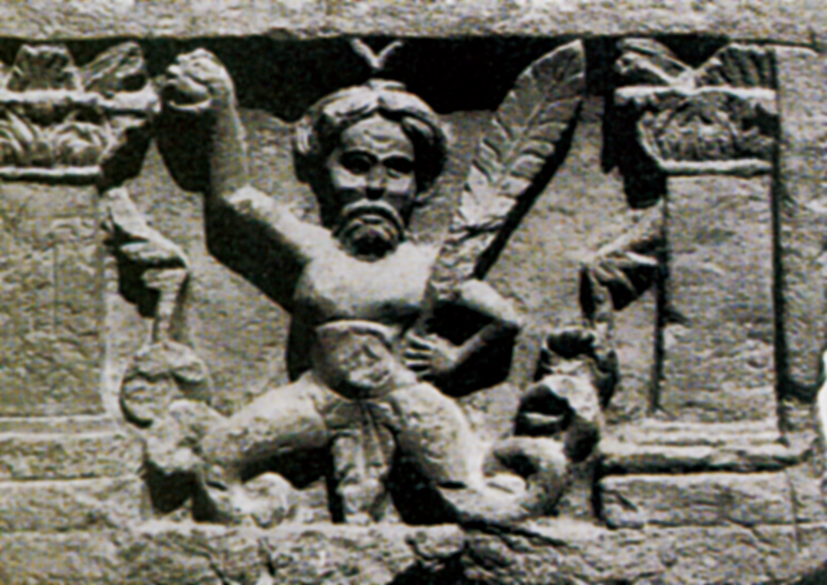
Figure 19: Gandhara Triton Reliefs in the British Museum
Gandhara art involves Pakistan and Afghanistan. Regarding its cultural origin, there are theories of Iranian inspiration and Roman origin. It is extremely difficult to clarify how the specific content of the "dual origin" came into being and developed, but it is undeniable that the "Hellenistic" Communication is its most notable feature. Roman art craftsmen brought Hellenistic sculptures that focused on expressing the spiritual world of characters to Gandhara, which not only had a comprehensive impact on Buddha statues, Bodhisattva statues and narrative reliefs, but also inspired Gandhara craftsmen. The characters have been localized, and Triton is a typical example. The statue of the little sea god Triton (Figure 19) on the Gandhara stone relief collected in the British Museum exaggerates the well-developed abdominal muscles, and some of them also appear the ancient Greek sirens.
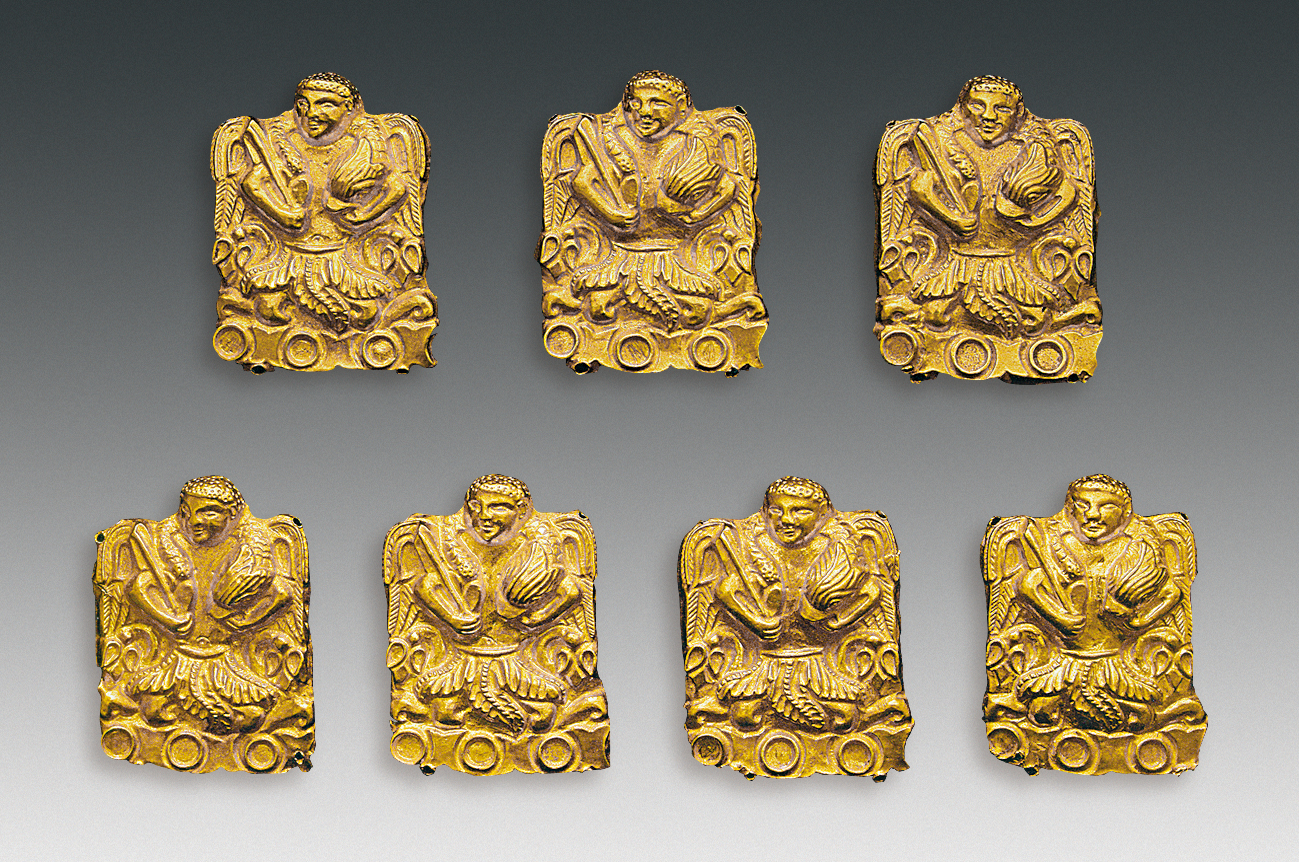
Figure 20 Triton Gold Medal Unearthed from Tomb No. 1 in Tira Hills, Afghanistan
Heracles, Athena, and other statues with Hellenistic features were unearthed from Ai Khanoum in Afghanistan. Although some relics combined some Iranian cultural elements, the mainstream still preserved the mother body of Greek culture, especially It is a round stone "decoration plate" (Toilet Tray). In addition to carving Dionysus, the Hercules Hercules, and the goddess Daphne, there are also Poseidon, the little sea god Triton, and Various sea beasts ridden by Hainingf, the daughter of Nilyus. The sea beast is a frequent image on the decorative plate. In the relief sculptures unearthed in Gandhara, there are many small sea gods Triton, often appearing in rows and rows, adding a decorative meaning to the expression of mythological figures. In the other eye-catching "Golden Plaque with Man and Dolphin Pattern", there are seven Tritons with images of mermaids (Fig. in the same. These all reflect that the communication between China and the West at that time was not only through land, but also received a large amount of cultural information brought by sea transportation.
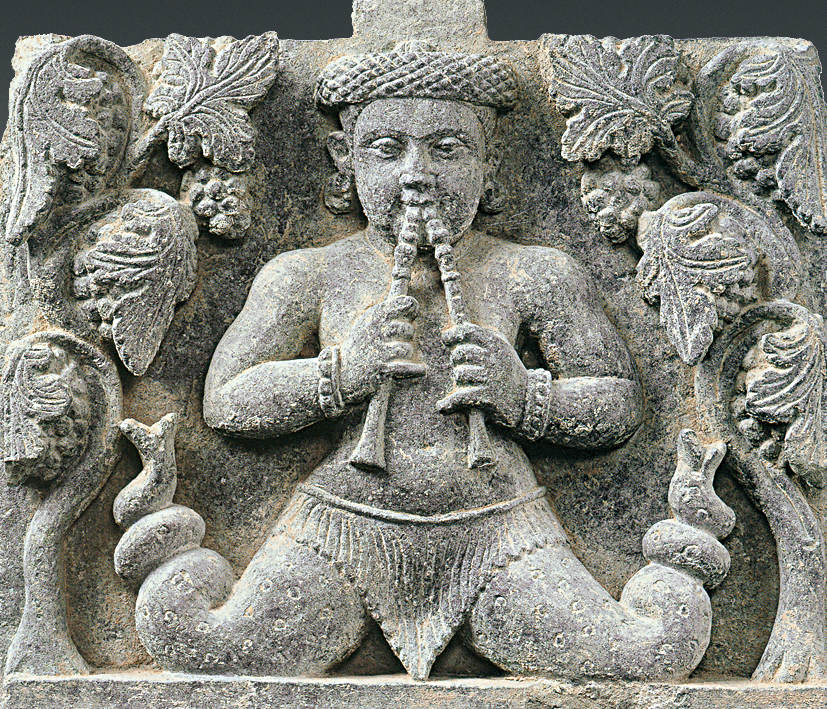
Figure 21 Statue of Gandhara Terry Blowing the Two-chamber Flute in the Collection of the Silk Road Museum in Hirayama Ikuo, Japan
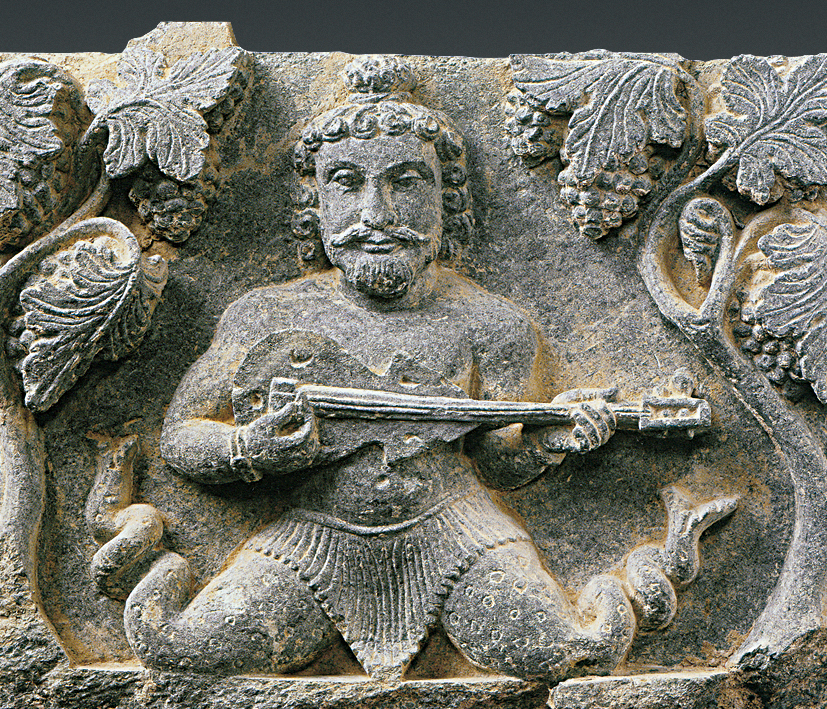
Figure 22 Statue of Gandhara Triton Playing the Lute in the Silk Road Museum of Hirayama Ikuo, Japan
We have noticed that the original Greek Triton sometimes only held a trident, and after being introduced to Gandhara, it evolved into playing double flutes. The image of Triton holding a trident is basically not seen in Gandhara sculptures from the 1st to the 3rd centuries. The stone carving art in the Gandhara region of Central Asia has a new expression after combining with the ancient Greek myths and stories in the distant Mediterranean. In the Silk Road Cultural Relics Exhibition of Hirayama Ikuzo, Japan, which has been on tour in domestic museums in recent years, the figures carved in high relief in stone are holding a double-chambered flute and a lute (Fig. 21 and 22). People wonder whether this image is Poseidon Or the little sea god Triton? As a character in ancient Greek mythology, Triton, the little sea god, usually holds a conch shell in his hand, but on the stone carvings of Gandhara, the conch shell is transformed into a double-chambered flute. Conch shells are common in the Mediterranean region, but they are not common in the Gandhara region. Perhaps in order to facilitate the acceptance of the local people, the sculptor changed the image of Triton. Transforming the content expression in one's own culture into a form easily acceptable in other cultures is a very important part of cultural transmission. Winged angels in Gandhara Buddhist art appeared in Milan, Xinjiang, and their flying wings were deleted to become flying; Cupid (or Eros) in ancient Greek mythology was transformed into an image riding a dolphin, and even dolphins were directly transformed into fish in Central Asia This also shows that culture is not static in the process of transmission, and will merge with other cultures.
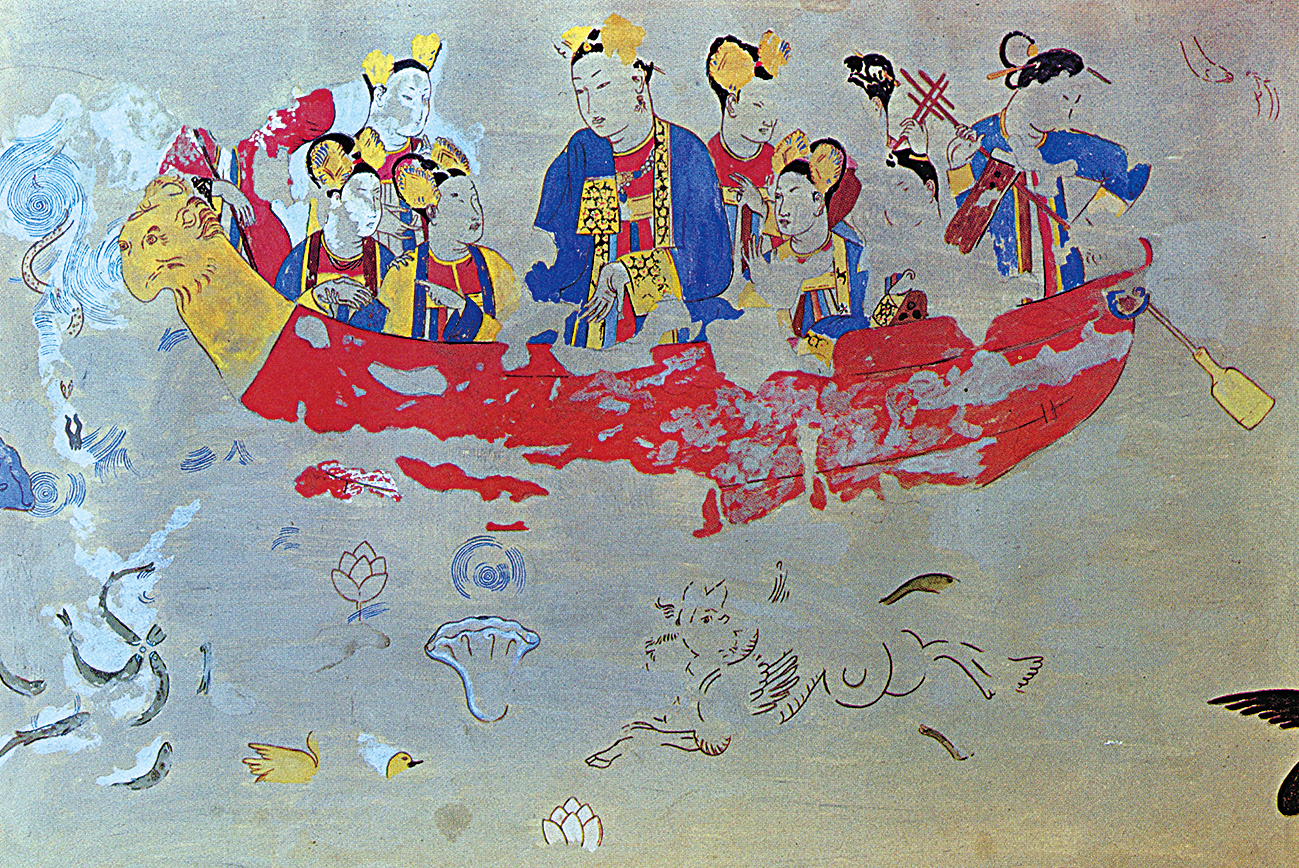
Figure 23 Murals in the Ambassador Hall in Samarkand, Uzbekistan
On the murals of the Ambassador Hall in Samarkand, Uzbekistan, there is a painting of court women in the Tang Dynasty riding a Griffin Griffin head cruise ship. There is an image of the little sea god Triton with a "horse head and fish tail" in the water, and other aquatic creatures to set off Triton in the ocean (Fig. 23). After restoring this mural, Russian scholars believed that the ugly monster in the water under the big ship was a "big-eared dragon" with its mouth sticking out and a Chinese hybrid dragon with wings and goat legs. Artistic Influences on the Evolution of Hellenistic Poseidon in Central Asia. In fact, the first and second reliefs on the outer wall of Yu Hong's tomb in the Sui Dynasty in Taiyuan have a striking pattern of horse-headed flowertail fish, which is also derived from the plastic art of Triton, the little sea god.
Any ancient civilization and nation has its own beautiful and elegant mythological heritage, but there are not many of them, like Triton, the little sea god in ancient Greek mythology, that can travel far and wide to Asia. It is even rarer that Triton, the little sea god, has become an artistic image on the tri-colored pottery of the Tang Dynasty in China, and it is not borrowed but used directly. Taking this horn cup as an opportunity, we can re-examine the unrecognized Tang Sancai utensils with the image of the little sea god Triton.

Figure 24: Tang Sancai Horn Cup in the Royal Ontario Museum, Toronto, Canada
The Tang Sancai horn cup collected by the Royal Ontario Museum in Canada (Figure 24) is 11.6 cm long, which is the same size as the horn cup unearthed in Xi'an. This artifact has not been interpreted for a long time, and it is only generally described as "a 7th-century molded Lyton cup", without any connection with Terry, the little sea god. The hats worn by the characters on the horn cups are not the pointed caps of the Sogdians or Persians, but round soft hats, which are similar to the costumes and artistic shapes of the Romans. The three-colored Tang Sancai Western figure riding a conch horn cup (Fig. 25) in a private European collection is almost exactly the same as the horn cup unearthed in Xi’an this time. Previously, because the authenticity and source of the artifact were unknown, academic circles did not dare to draw conclusions easily.

Figure 25 Tang Sancai Horn Cup (Private Collection in Europe)
The tri-color Triton horn cups of the Tang Dynasty that appeared continuously showed that the content and style of such utensils were loved by the people at that time, and led the fashion trend. Craftsmen made horn cups according to market demand to meet the needs of all classes. The horn cup was buried in the tomb according to the owner's preference during his lifetime, either to allow the tomb owner to continue to enjoy a rich and comfortable life underground, or as a sacrificial vessel for offering sacrifices to gods and ancestors.
This kind of ingenious artwork is produced by craftsmen in the workshop. It is not clear whether it is commissioned or freely purchased in the market. Many artisans may have been floating populations, from the Mediterranean to Persia, experienced wars and forced migrations, and traveled all over Eurasia. Foreign artisans entering China are more likely to accept foreign designs, and then use different techniques to make novel handicrafts according to local conditions, such as using localized clay to make three-color ware to meet the needs of the Chinese. From the Gandhara period to the Sui and Tang Dynasties, after hundreds of years of evolution, people have changed from appreciating Triton's plastic arts to worshiping gods, gradually sanctifying and benchmarking the image of Triton. Triton has become the ideal theme of sculpture art, and has become the object of various art categories. Documentary records lack records of imitation of craftsmen, but the funerary artifacts unearthed from tombs supplement this, allowing us to understand that rare crafts with exquisite craftsmanship and foreign cultural elements appeared in the Tang Dynasty.
It is undoubtedly a challenge to explore the path of the introduction of Triton, the Greek god of the sea, into China from an academic point of view. The current cultural relics with "Hellenistic" characteristics show that there was a flowing, interlaced and overlapping network of arts and crafts at that time, which was not fixed in one place of origin, nor did they necessarily have the same local cultural identity. For example, in pottery and terracotta sculptures, the early form of the head of the Athenian witch Medusa. The head of a gorgon is used as a brick decoration on the eaves of the house; the head of a lion and a monster are all reproductions of Hellenistic pottery sculptures in Hotan, Kuqa and other places. In addition, the free-form Hercules-Vajrapani Bodhisattva in Tapa Shotor (east of Begram, Afghanistan today), and the female statue in the Buddhist niche resembling the Greek goddess Tikke have witnessed ancient Greek culture and Integration and Continuation of Buddhist Art in Central Asia. These are undoubtedly the finished molds that Tang Sancai pottery sculptures can learn from.
Archaeological unearthed artifacts are closer to reality than historical records. We used to generally think that the Hellenistic cultural heritage was introduced into China, which was sporadic and short-lived. Looking at the unearthed artifacts from a global perspective, it can be seen that the exchanges between China and the West during the Sui and Tang Dynasties in the Middle Ages were close. The unearthed "Hu" artifacts and cultural exchanges are of international significance and can awaken each other's historical memories. The unearthed Tang Sancai small sea god Triton-shaped horn cup provides a symbiotic and interactive specimen for us to understand similar utensils seen all over the world. It extends the height of civilization and the breadth of geography. The intersection of China and the West radiates new vitality through the carrier of Tang Sancai , which provides a new approach for reconstructing the historical landscape of mutual learning and integration of Silk Road civilizations from the perspective of global history.
(The original title of this article was "From the Aegean Sea to Tang Chang'an - A Study on the New Discovery of the Three-color Triton Triton Cup of the Greek God of the Sea in the Tang Dynasty". Notes not included.)
